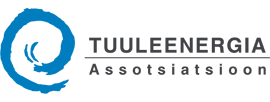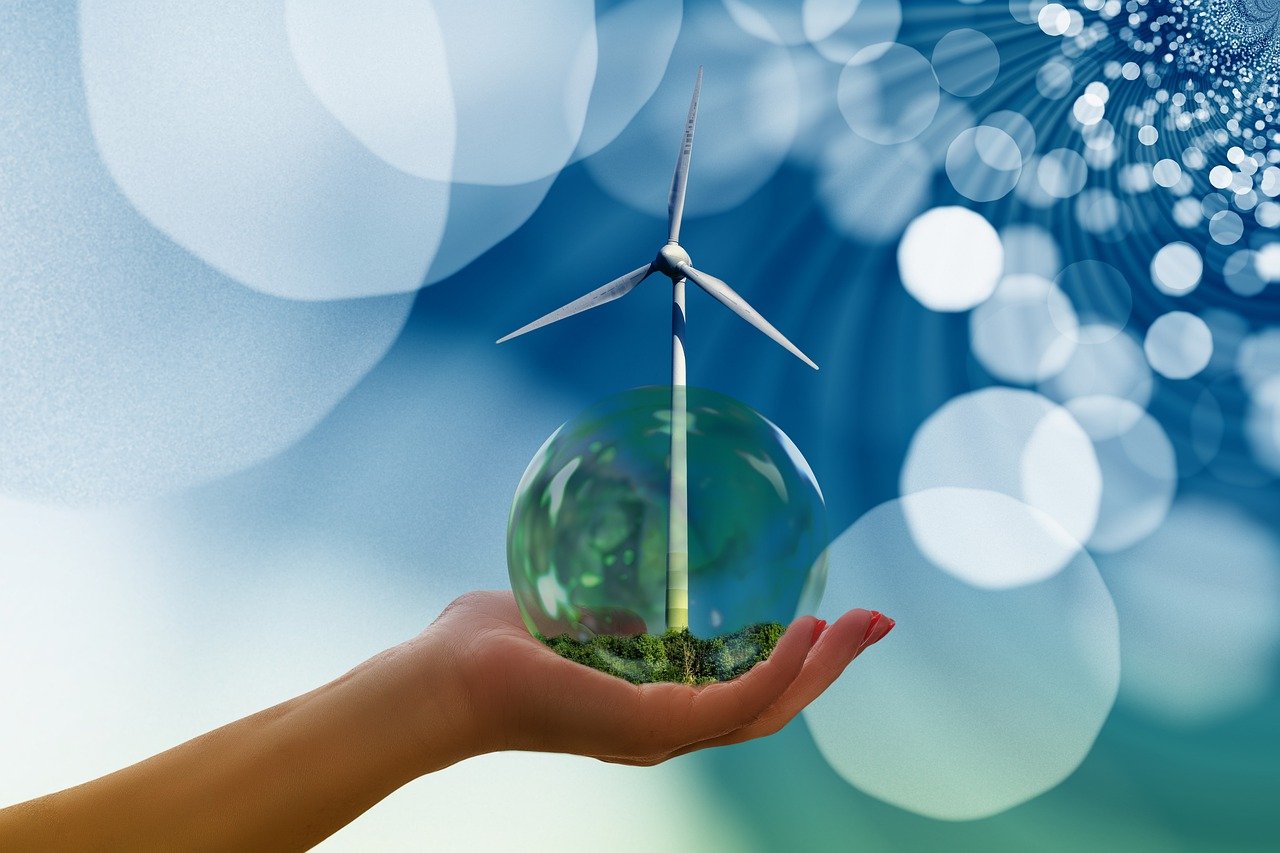The Estonian Wind Power Association believes that the government’s decision on Thursday to increase the superficies license area for the offshore to be built off the west coast of Saaremaa is important, because by holding separate reverse auctions for offshore and onshore wind power, Estonia has chosen the same path as the rest of Europe, and this step is understandable also to international financiers.
According to the association, the government’s decision on Thursday allows the development of balanced energy supply in Estonia that will benefit industries, households and society as a whole, ensuring an energy portfolio with the cheapest average price all year round. It is such portfolio of clean energy with managed capacities that, in our weather conditions, will help bring down prices in the first and fourth quarters of the year.
“Members of the Estonian Wind Power Association welcome the government’s decision. It demonstrates the state’s commitment to providing affordable energy to industries and households. Equally important is the government’s increased ambition in energy production — it enables us, together with the Estonian Business and Innovation Agency’s foreign investment team and the government as a whole, to move forward with large industrial projects interested in Estonia and attracting investments related to them,” said the association’s CEO, Terje Talv.
According to Talv, the decision allows a large number of leading renewable energy producers interested in Estonia to make their offers.
“At last week’s conference, all major financiers, including SEB, the Nordic Investment Bank and the European Bank for Reconstruction and Development, emphasized that only by jointly mitigating financing risks is it possible to develop clean large-scale energy in Estonia — now a significant step has been taken in that direction,” she added.
Lithuania applied for and received state aid approval from the European Commission at the end of last year, and today lowest-bid auctions are already taking place there for the development of offshore with contracts for price difference. Given this, Estonia is also in a hurry, the association believes.
The Estonian Business and Innovation Agency estimates that there are 13 energy-intensive industrial projects in the pipeline in Estonia with an investment potential of five billion euros, which would bring 3,000 jobs to this country. These high value-added industries will only come to Estonia if we are able to meet their energy needs, which, according to the Estonian Business and Innovation Agency, amount to 5.8 terawatt-hours annually.
Thus, a race to develop Estonia’s clean energy portfolio and bring these investments to Estonia will now begin. The derogation created by the European Commission for the fast-track procedure for state aid authorizations for new clean energy production capacities will remain in place until the end of 2025.
The association said it was pleased that the views of important centers of excellence and the strategic decision taken on the basis of them had come together.
“At the energy conference on Wednesday, both Kalle Kilk, the chairman of the management board of Elering, and executives from our large companies stressed that Estonia needs a balanced energy production portfolio. Only this guarantees the cheapest price for the entire portfolio on average. Moreover, this is the only way to quickly decouple Europe from the influence of Russian energy carriers,” Talv added.

